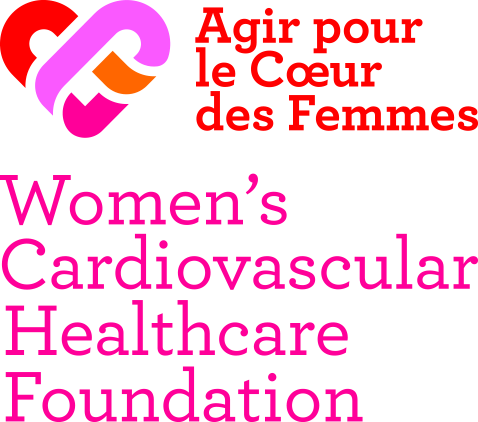Constant high blood pressure tires the heart and seriously damages the artery walls, which can trigger cardiovascular events. High blood pressure greatly increases the risk of stroke, heart attack and peripheral artery disease, as well as vascular dementia and chronic kidney disease. Women with hypertension, especially nocturnal hypertension, are at higher risk for heart and brain complications than men. In France, 15 million people have high blood pressure, which is 30% of adults and 50% of people over 65. A person has hypertension when their blood pressure is higher than 140/90 mm Hg when measured at a clinic or 135/85 mm Hg when self-measured. The growing incidence of high blood pressure results from a lifestyle that’s evolving to include high-fat, high sodium diets and less physical activity. Once this disease is diagnosed, it can be readily addressed with treatments that have no particular complications. The challenge can be realizing you have hypertension because most of the time, there are few or no symptoms. The warning signs aren’t specific to hypertension. Signs can include headaches (particularly when waking in the morning or at the end of the day), heart palpitations, shortness of breath during activity, ringing in the ears, visual disorders, difficulty concentrating and extreme fatigue. You should get screened right away if you’re a woman who has any of the following risk factors: excess weight, cigarette use, contraceptives containing synthetic estrogen, pregnancy or menopause. Sometimes these symptoms are attributed to body temperature fluctuations and hot flashes related to menopause in women. More than four million French people have hypertension but don’t know it. To avoid this disease, it’s important to measure your blood pressure at least once per year at home or during a doctor’s visit. Another option is to take 24-hour ambulatory readings by wearing a cuff that will measure blood pressure during sleep and physical activity. It’s easy to take your own blood pressure at home using an automated blood pressure monitor. The Société Française d’Hypertension Artérielle (French Society of Hypertension) recommends opting for a device that attaches to your arm rather than your wrist because it will be more precise. Make sure the device is validated with the CE marking. Take your blood pressure in the morning before breakfast while seated in a calm location. You should take three readings one after the other, with one minute in between. Follow the same process in the evening after dinner, again while sitting in a calm place. Just remember the “rule of three.” Do this three days in a row for 18 total readings, which you’ll record on a spreadsheet. The average of the 18 readings should be below 135/85 mm Hg. If it isn’t, tell your doctor. Avoid checking your blood pressure after you’ve been active, irritated, standing up or feeling dizzy. If you know you have hypertension or are receiving treatment for another cardiovascular disease, it’s advised that you take your blood pressure recordings every three months so that you’re prepared for your follow-up appointments. Women are more impacted by hypertension during three key hormone stages: when using contraception (beginning or changing birth control methods), during pregnancy, and during menopause. Contraception that contains synthetic estrogens (pill, patch or vaginal ring) can cause hypertension. The risk of hypertension due to contraception increases with age and excess weight. So, you should have your blood pressure checked each time you refill your birth control. If you have hypertension, you’ll need to change your method of contraception and monitor blood pressure until it decreases. It’s especially important to keep an eye on your blood pressure during pregnancy—check it at least once a month. Women who develop hypertension while pregnant are likely to stay that way afterwards. This hypertension is linked to placenta dysfunction which impacts how much nourishment the baby receives. Women who are overweight, diabetic, older than 35 or carrying twins are most at risk. Women who get high blood pressure during pregnancy are also more likely to be at risk for cardiovascular disease. They need to regularly check their blood pressure, especially during menopause, and follow a healthy lifestyle that includes a low-sodium diet. At menopause, natural estrogens progressively decline which leads to thicker and more rigid artery walls. Women often gain weight at this time, as well. All of these things significantly increase the risk of developing hypertension. High blood pressure is one indicator that a woman is at increased risk of cardiovascular disease. The consequences are much more severe for women than men. The Esteban study in 2018 sounded the alarm that hypertension screening and control for women in France is insufficient, especially as they reach their fifties (source: santépubliquefrance.fr). Hypertension screening must be increased from now on, especially at the three key hormone stages, in order to provide effective prevention and appropriate treatment.







